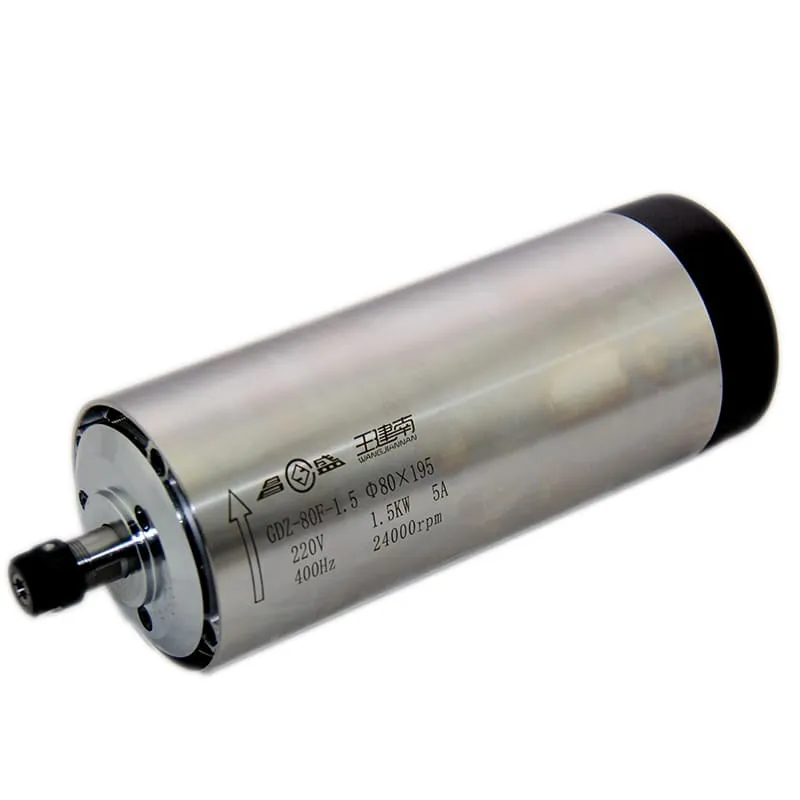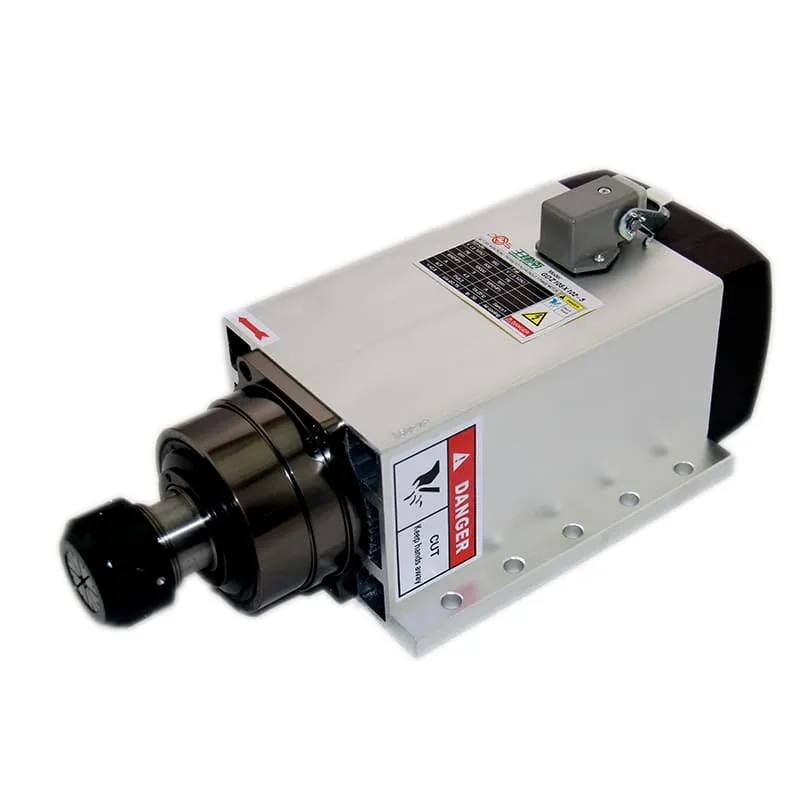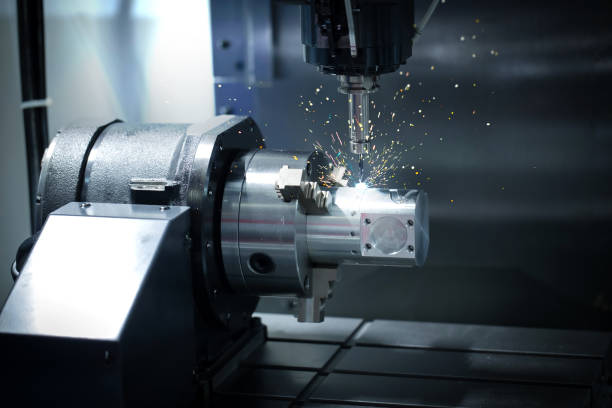How to Adjust Backlash on CNC Machine
Backlash is a common issue faced in CNC machining that can affect the precision and quality of the parts being produced. For those working with a CNC machine, understanding how to minimize backlash is crucial to ensuring optimal performance. But what exactly is backlash and how do you go about adjusting it on a CNC machine? In this article, we’ll explore the concept of backlash, why it matters, and practical ways to minimize or eliminate it from your CNC system.
Understanding Backlash in CNC Machines
Backlash refers to the gap or lost motion between mechanical parts, specifically the misalignment that occurs when a directional change is made in the machine. In simpler terms, it’s the slack that exists when the direction of movement is reversed, causing a lag before the machine actually moves.
- Where It Occurs: Backlash usually happens in the lead screws, ballscrews, and gears, where mechanical slop or clearance allows unwanted movement.
- Impact: The presence of backlash in a CNC machine can lead to inaccuracies in the machining process, as it introduces slight shifts in positioning during directional changes, thus affecting the overall accuracy of the part being produced.
Properly addressing backlash is especially important when dealing with intricate designs or parts that require high precision. Using a high-quality spindle such as the 4.5KW ER32 Air-Cooled Spindle can help achieve greater accuracy in reducing backlash effects.

Common Causes of Backlash in CNC Systems
To effectively reduce backlash, it’s important to understand what typically causes it. The most common causes of backlash in CNC machines include:
1. Wear and Tear in Mechanical Components
Over time, the constant movement of parts like lead screws and ballscrews can create wear, which leads to an increased gap between components.
- Lead Screw and Nut Wear: When lead screws and nuts wear out, the precision of their movement declines, leading to backlash.
- Bearing Wear: Bearings can also wear out, causing excess play, especially in machines that have been in use for a long time.
2. Poor Adjustment and Setup
Incorrect assembly or improper adjustments made during setup can also contribute to backlash.
- Incorrect Preload on Bearings: If bearings are not adequately preloaded, they allow excess movement.
- Loose Components: Loose bolts, gears, and misalignment of mechanical elements can increase backlash significantly.
3. Machine Design Limitations
Not all CNC machines are created equal, and some have design limitations that can cause more backlash than others.
- Less Rigid Frames: Machines with lightweight frames often face more backlash due to vibrations and mechanical slack.
For users who experience backlash in smaller machines or those used for woodworking, upgrading to a suitable spindle like the 1.5KW ER11 Round Air-Cooled Spindle can help achieve greater stability.

Methods for Adjusting Backlash
Adjusting backlash involves a combination of hardware modifications, software compensations, and regular maintenance. Below are the most common approaches to minimize or eliminate backlash.
1. Tightening or Replacing Components
Mechanical adjustments are usually the first step in addressing backlash. These adjustments help to remove unnecessary play in the machine’s components.
- Replace Worn Lead Screws or Ballscrews: If the screws are excessively worn, replacing them is the best option. A new ballscrew will have minimal play, ensuring more accurate motion.
- Tighten Bearings: Tightening or adjusting the preload on bearings can significantly reduce backlash. This ensures that they are snug enough to prevent unwanted movement.
2. Using Backlash Compensation in Control Software
Most CNC control software offers backlash compensation, which helps adjust the motor’s movement to counteract the effects of mechanical slack.
- Input Compensation Values: You can input compensation values into the machine’s controller, which will automatically adjust the position of the axis to account for backlash.
- Use Software Tools: Mach3 and other popular CNC software provide settings that help users input specific backlash values, which helps reduce inaccuracies.
3. Installing Anti-Backlash Nuts and Double Nuts
Using anti-backlash nuts can reduce or eliminate the gap between lead screws and nuts, thereby reducing play.
- Anti-Backlash Nut: These are designed to exert a slight pressure against the lead screw, removing the gap and thus minimizing backlash.
- Double Nuts: Installing a pair of nuts on the lead screw, and adjusting them against each other, can also help in minimizing backlash effectively.
Best Practices to Prevent Backlash
Preventing backlash before it becomes a significant problem is key to maintaining the precision and performance of your CNC machine. Here are some best practices to keep in mind:
1. Regular Maintenance
Consistent and thorough maintenance is crucial in preventing mechanical parts from wearing down and causing backlash.
- Lubricate Moving Parts: Regular lubrication reduces wear and keeps the movement smooth, minimizing the onset of backlash.
- Check and Replace Bearings: Bearings should be inspected regularly and replaced if signs of wear are detected.
2. Preload Bearings Correctly
Preloading bearings involves adjusting them so they are tight enough to eliminate gaps but not too tight to cause excess friction or wear.
- Adjust with Care: Too much preload can cause overheating and premature wear, while too little can lead to excess backlash. Adjusting them correctly is crucial.
3. Upgrade Machine Components
Sometimes the best solution to backlash is to upgrade components to higher-quality ones.
- Ballscrews Over Leadscrews: Ballscrews have less friction and thus less backlash compared to lead screws. They are also more precise, making them an ideal upgrade for reducing backlash.
- Servo Drives Instead of Stepper Motors: Servo drives tend to have better precision and less backlash compared to stepper motors.
Using advanced spindle motors, such as the 5.5KW ER32 4-Pole Air-Cooled Spindle, can enhance machine rigidity and help maintain better accuracy in operations.

Software Solutions to Address Backlash
Backlash isn’t just a hardware issue—it can also be mitigated with software solutions, making your CNC machining process more precise.
1. Backlash Compensation Settings
Many modern CNC controllers have settings for backlash compensation. This allows you to enter the measured backlash value for each axis, and the controller will automatically adjust for the lost motion.
- Mach3 and Mach4: These popular CNC software programs allow easy input of backlash values, compensating for machine imperfections.
- Fanuc and Siemens Controllers: These controllers offer backlash compensation as part of their standard control features, making them popular in industrial CNC machines.
2. Calibrating for Accurate Backlash Compensation
To set effective backlash compensation, calibration must be performed. This involves measuring the actual distance the machine moves compared to the intended distance and adjusting accordingly.
- Test Cuts: Perform test cuts in different directions and measure the discrepancies to determine the backlash value for each axis.
- Iterative Adjustment: Backlash compensation may require iterative adjustments to ensure the machine performs accurately under different conditions.
Frequently Asked Questions (FAQs)
1. What is backlash in CNC machining?
Backlash is the unintended movement that occurs due to the clearance between mechanical components, such as gears and screws, when the machine changes direction. It affects accuracy and precision.
2. How do I identify backlash in my CNC machine?
Backlash can be identified through test cuts or by moving an axis in both directions and checking if the movement is equal. If discrepancies are noticed, backlash is present.
3. Can backlash be completely eliminated?
While it is challenging to completely eliminate backlash, it can be minimized to a point where its impact is negligible. Using anti-backlash components and software compensation helps.
4. What are the best tools to reduce backlash?
Anti-backlash nuts, ballscrews, and software compensation tools are among the best methods for reducing backlash in a CNC system.
5. How does backlash affect my CNC projects?
Backlash leads to inaccuracies, especially in designs that require tight tolerances. It can result in parts not fitting correctly or dimensions being slightly off.
Conclusion
Backlash is a critical factor that can impact the accuracy and efficiency of a CNC machine. By understanding its causes and implementing proper adjustments—whether through mechanical solutions like replacing worn components or using software compensation—you can significantly reduce backlash and improve the overall performance of your machine. Routine maintenance, upgrades to higher-quality components, and using effective software tools can make a considerable difference in keeping backlash at bay.
For more information on suitable spindles and to explore the best CNC spindle options for reducing backlash, visit SpindleMotorShop, where you can find an extensive range of spindles tailored to meet your machining needs.

